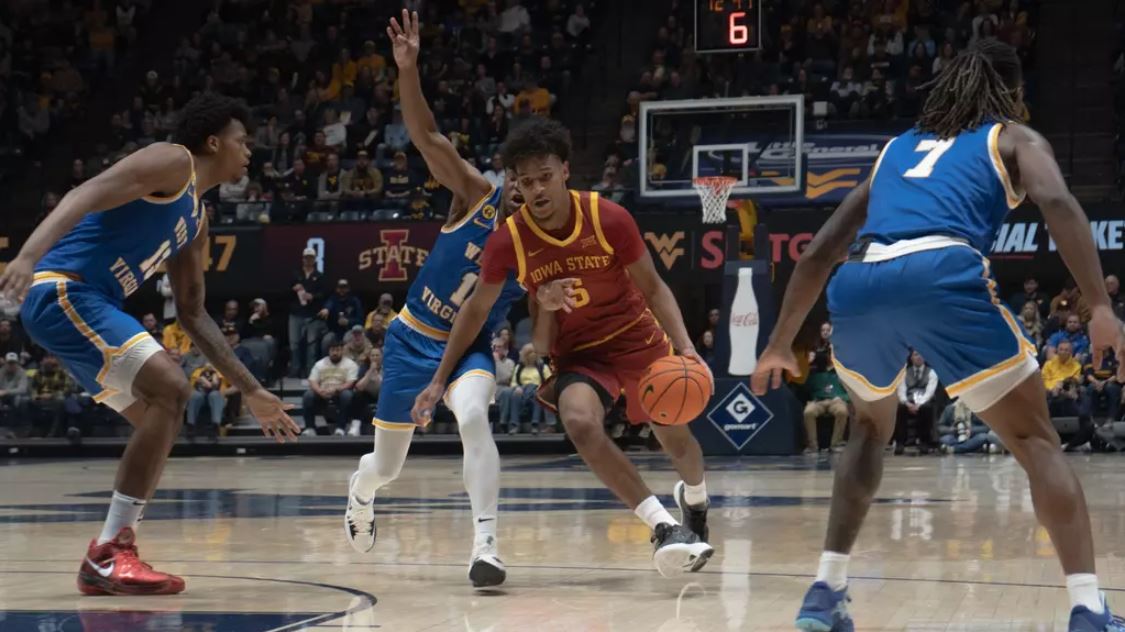Monkey see, monkey do
February 2, 2004
A new primate research center in Des Moines will give ISU professors and students a chance to work with the great apes.
The sanctuary is being built on the south side of Des Moines and will eventually house four species of great apes — orangutans, gorillas, chimpanzees and bonobos. Currently, builders are working on facilities for the orangutans — to be completed in early summer 2004 — and facilities for the bonobos, to be completed in late 2004.
Primatologist Jill Pruetz, assistant professor of anthropology, is on the advisory board for the sanctuary and said she wants students to be involved with the project.
“For me, that’s the main perk. I plan to have students involved,” Pruetz said.
Kirk Brocker, project director for the Iowa Primate Learning Sanctuary, said he feels confident ISU students will be involved with the research center.
Pruetz said student involvement will include internships for undergraduates and graduates, research projects for graduate students and primate health care for veterinary medicine students. She said these opportunities will not be available immediately, because it will take time for the program to be arranged.
The research that will be done at the center will benefit many people, Pruetz said. The techniques used to teach primates have already been adopted to teach those with learning disabilities like autism, she said.
The research conducted at the center will benefit the public because the research being done on language can be used to better help and understand children with communication disorders, said Rob Shumaker, an orangutan researcher who has worked with the National Zoo in Washington.
Brocker said ISU students will only be able to observe the apes at first, but eventually students will be able to interact with them.
“Clearly, having a world class research facility … that is 40 miles from campus is exciting. We hope that we’ll have student involvement as time goes on,” he said.
The public will be able to have access to the center, said Al Setka, public relations manager for the research center.
“There will be public access and a visitors’ component — not immediately when apes arrive in 2004, but eventually,” he said. “It will give people a chance to experience a new reality.”
Setka said the public may even be able to view researchers and animals as they work.
Pruetz said public access was an important issue for her, too.
“When I first heard about the [primate learning sanctuary], the thing I was most excited about was the chance for people to learn about the similarities and differences between people and apes,” she said.
“People will be able to see these animals and their behaviors firsthand. This will also give people the chance to learn about conservation work.”
Pruetz said she probably won’t work as a researcher at the center because her work is typically with wild chimps.
“I guess what I would like to do most is to direct students,” Pruetz said.
Kate Walker, junior in animal ecology, said Pruetz has mentioned the research center to students in several of her classes.
“I think [the research center] would be interesting to go down there and see the animals in an atmosphere different from a zoo. [The apes] will be able to run around outside. It’s going to be interesting to see their reactions with each other,” Walker said.






